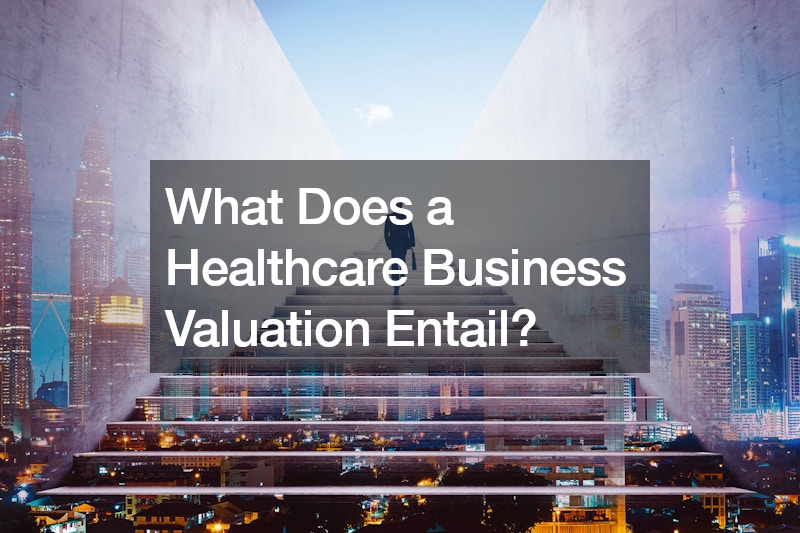When it comes to assessing the value of a healthcare business, the process can be intricate due to the unique aspects of the industry. A healthcare business valuation involves several critical steps and considerations to ensure an accurate and comprehensive evaluation. Here is a detailed look at what a healthcare business valuation entails:
1. Understanding the Purpose of Valuation
- Sale or Acquisition: Determining the business’s worth for a potential sale or acquisition.
- Financing: Valuation for securing loans or investments.
- Partnerships: Assessing value for partnership arrangements or buy-ins.
- Litigation: Valuation for legal disputes or divorce settlements
2. Gathering Financial Information
- Historical Financial Statements: Reviewing income statements, balance sheets, and cash flow statements from the past 3-5 years.
- Current Financial Status: Assessing the most recent financial performance.
- Forecasts and Projections: Evaluating future earnings potential based on market trends and business plans.
3. Analyzing Revenue Streams
- Service Lines: Identifying different services offered (e.g., primary care, specialty services, diagnostics).
- Payer Mix: Understanding the distribution of revenue from various payers (e.g., Medicare, Medicaid, private insurance, out-of-pocket payments).
- Patient Volume: Examining patient flow and appointment schedules.
4. Assessing Operational Efficiency
- Staffing Levels: Evaluating the number and productivity of healthcare providers and support staff.
- Facility Utilization: Analyzing the efficiency of space and equipment usage.
- Technology and Systems: Reviewing the implementation and effectiveness of electronic health records (EHR) and other technology systems.
5. Market Analysis
- Industry Trends: Understanding broader healthcare trends that may impact the business.
- Competitive Landscape: Analyzing local and regional competitors.
- Regulatory Environment: Assessing the impact of healthcare regulations and compliance requirements.
6. Quality of Earnings
- Revenue Recognition: Ensuring revenue is recognized correctly and consistently.
- Expense Management: Analyzing how expenses are managed and controlled.
- Non-recurring Items: Identifying and adjusting for any one-time or non-recurring items.
7. Tangible and Intangible Assets
- Tangible Assets: Valuing physical assets such as medical equipment, real estate, and inventory.
- Intangible Assets: Assessing the value of non-physical assets such as brand reputation, patient relationships, and proprietary technology.

8. Risk Assessment
- Regulatory Risks: Evaluating potential changes in healthcare laws and regulations.
- Market Risks: Considering economic factors and market volatility.
- Operational Risks: Identifying risks related to management, staffing, and operational processes.
9. Valuation Methods
- Income Approach: Using discounted cash flow (DCF) analysis to estimate future cash flows and discount them to present value.
- Market Approach: Comparing the business to similar companies that have been sold recently.
- Asset-Based Approach: Valuing the company based on its net assets, considering both tangible and intangible assets.
10. Final Valuation Report
- Comprehensive Summary: Present a detailed report that includes the methodology used, key findings, and the final valuation figure.
- Recommendations: Offering strategic recommendations based on the valuation results.



